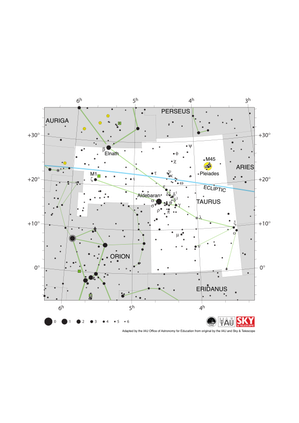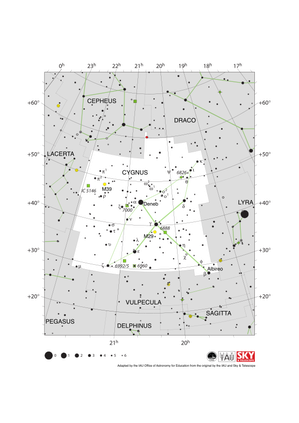Glossarbegriffe: Supernova-Überrest
Description: Ein Supernova-Überrest ist das, was von einer Supernova-Explosion übrig bleibt: eine riesige Wolke aus heißem Gas und Plasma, welche durch die Schockwelle der Supernova erzeugt wurde. Viele Supernova-Überreste enthalten noch das Schwarze Loch oder den Neutronenstern, d.h. die Überreste des Sterns, der als Supernova explodiert ist. In manchen Fällen hat die Explosion aber das Schwarze Loch oder den Neutronenstern hinausgeschleudert.
Die explosive Energie einer Supernova erzeugt eine Schockwelle, die das interstellare Gas in der Umgebung durchläuft. Dieser Schock erhitzt und ionisiert das umgebende Gas auf extrem hohe Temperaturen (über eine Million Kelvin). Das heiße Gas sendet Licht in verschiedenen Wellenlängen aus, unter anderem sehr viel Röntgenstrahlung. Der Schock beschleunigt auch Teilchen auf hohe Geschwindigkeiten. Das macht Supernova-Überreste zu einer bedeutenden Quelle von kosmischer Strahlung.
Anhand der Geschwindigkeit, mit der sich ein Supernova-Überrest ausdehnt, können Astronomen abschätzen, wie lange es gedauert hat, bis der Supernova-Überrest seine beobachtete Größe erreicht hat. So können sie herausfinden, wann ungefähr die Supernova explodiert ist. Mehrere große Supernova-Überreste in der Milchstraße wurden auf diese Weise datiert und mit Supernovae in Verbindung gebracht, die von Astronomen vor Hunderten von Jahren am Himmel beobachtet wurden.
Zugehörige Glossarbegriffe:
- Kosmische Strahlung
- Planetarischer Nebel
- Kompakte Objekte
- Supernova
- Interstellares Medium
- Röntgenstrahlung
See this term in other languages
Term and definition status: The original definition of this term in English have been approved by a research astronomer and a teacher The translation of this term and its definition is still awaiting approval
The OAE Multilingual Glossary is a project of the IAU Office of Astronomy for Education (OAE) in collaboration with the IAU Office of Astronomy Outreach (OAO). The terms and definitions were chosen, written and reviewed by a collective effort from the OAE, the OAE Centers and Nodes, the OAE National Astronomy Education Coordinators (NAECs) and other volunteers. You can find a full list of credits here. All glossary terms and their definitions are released under a Creative Commons CC BY-4.0 license and should be credited to "IAU OAE".
If you notice a factual or translation error in this glossary term or definition then please get in touch.
Related Diagrams
Taurus Constellation Map
Bildnachweis: Adapted by the IAU Office of Astronomy for Education from the original by IAU/Sky & Telescope
License: CC-BY-4.0 Creative Commons Namensnennung 4.0 International (CC BY 4.0) icons
Cygnus Constellation Map
Bildnachweis: Adapted by the IAU Office of Astronomy for Education from the original by the IAU and Sky & Telescope
License: CC-BY-4.0 Creative Commons Namensnennung 4.0 International (CC BY 4.0) icons










